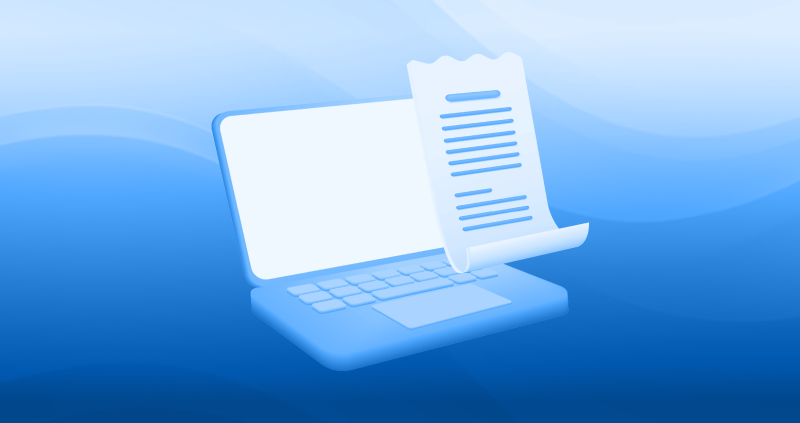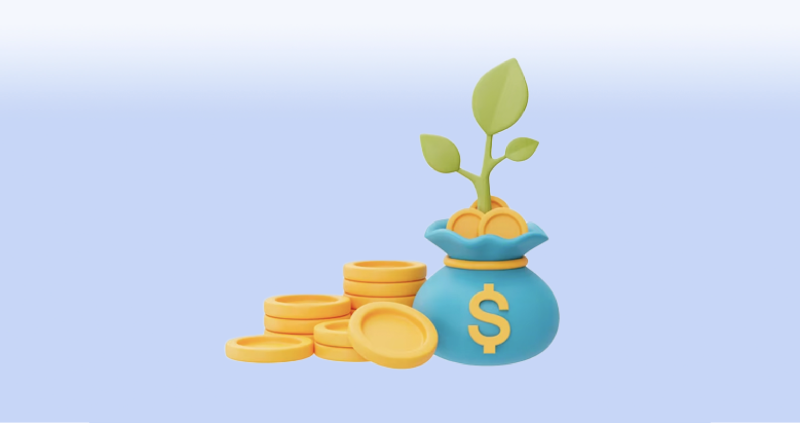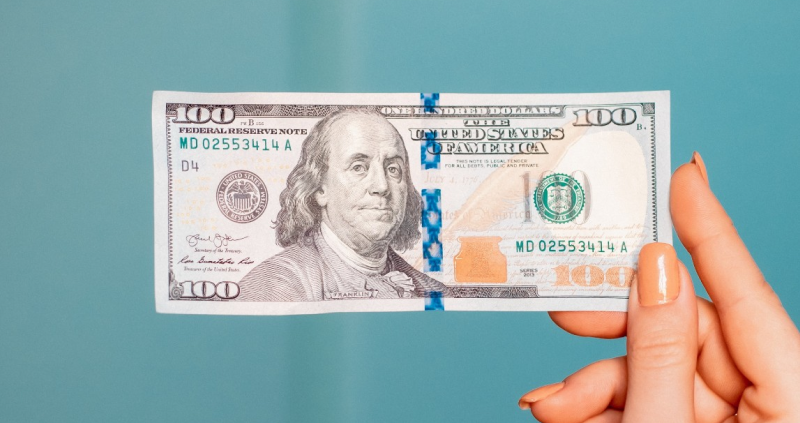How to invest $500K
What’s the best way to invest $500K? Explore your options.
The best investment for $500K depends on your goals, risk tolerance, and investment horizon.
Diversification is important when it comes to a $500K investment, allowing you to spread your money to help balance risk and return.
Consulting a financial advisor can simplify the process and help you safely build a smart, tax-efficient portfolio.
What should you consider before investing $500K?
The first step is to assess your financial situation and goals. Whether the money comes from an inheritance, business sale, or windfall, it's important not to rush into a decision. Before making any investment decisions, ask yourself these key questions:
What is your risk tolerance? Would you be comfortable with market volatility for the potential of higher returns, or would you prefer a smaller return but safer, lower-risk assets?
What’s your time horizon? Do you plan to use the money within three to five years, or are you investing for the long term (20 years or more)?
Are you already financially secure? It can be a sensible financial decision to pay off debt first (especially high-interest debt, like credit cards) and build an emergency fund, to ensure your short-term needs are covered.
How diversified is your current portfolio? Diversification helps reduce risk by spreading money across different asset types. If you already have assets, you may want to consider investing in different types of investment products with this lump sum.
- What are the costs and fees? While researching your investment options, be aware of hidden fees or costs that could erode long-term returns.
What is the best way to invest $500K?
There’s no one-size-fits-all approach when it comes to how to invest half a million dollars, but once you’ve considered the above points, here are some options.
Index funds and ETFs
Index funds and exchange-traded funds (ETFs) are a couple of the most popular choices for long-term investment strategies. Both types of funds track a broad market index, such as the S&P 500 or the total U.S. stock market, offering instant diversification across hundreds or even thousands of companies. They typically come with low fees, making them attractive if you’d prefer a passive investment strategy and don’t want to have to pick individual stocks.
Individual stocks
If you’re comfortable researching companies and riding out market volatility, investing in individual stocks could allow for potentially higher returns. Many investors choose this approach to target sectors they support or believe in, such as tech or healthcare.
Mutual funds
Mutual funds are professionally managed investment vehicles that pool money from multiple investors to buy a mix of stocks, bonds, or other assets. Unlike ETFs, mutual funds are typically bought and sold at the end of the trading day and may have higher fees.
Real estate, REITs, and land
With a $500K investment, you could invest directly into property or buy land with the goal of appreciation, if you're open to hands-on management and are open to associated risks of real estate investment. Alternatively, you could take a more hands-off approach by investing through Real Estate Investment Trusts (REITs). REITs are companies that own and manage income-generating properties, and they trade like stocks, making them relatively easy to buy and sell.
Fixed income investments
If you want to take a more risk-averse approach to investing, bonds (for example, U.S. Treasury bonds or municipal bonds) offer less volatility than stocks. Alternatively, fixed-income investments like certificates of deposit (CDs) are one way to invest $500K with a guaranteed return. If you’re putting the entire amount into a CD, check whether it’s fully protected by deposit insurance, which typically covers up to $250,000 per person, per institution. You may need to consider spreading the deposit across different institutions to ensure the entire deposit is covered.
Alternative investments
Finally, you could consider alternative assets, including private equity, hedge funds, and cryptocurrency, as part of your strategy for how to invest $500K. These options are typically more speculative and less liquid, but they can help diversify your portfolio. As with any investment, it’s essential to do thorough research and understand the risks before investing money.
What kind of return can you expect from $500K?
If you’ve already decided what to do with your money, you may be wondering what rate of return you can expect. Your potential return depends on a number of factors, including exactly how you allocate your funds, how long you keep the funds invested, and how much risk you’re willing to take.
As of 2025: the S&P 500 (the benchmark for the U.S. stock market) and the index has returned 13.5%¹ annually in the last year. Bonds and high-yield savings accounts have had an average annual return of between 4 and 6%², while REITs and real estate returns are at 3%.³
While it’s tempting to look at historical returns as a benchmark, it’s important to remember that past performance is not a guarantee of future results. Ultimately, the return you receive will be shaped by your portfolio mix, fees, taxes, and market conditions, which is why it’s essential to set clear financial goals and revisit your strategy regularly — especially when managing a substantial sum like $500,000.
How to invest $500K safely
When it comes to the best way to invest $500,000, managing and minimizing risk is likely to be a key consideration in your strategy. An investment strategy that might be considered safe strikes a balance between capital preservation and steady, inflation-beating returns. Here are a few ways you could invest your money.
Diversify your asset allocation
In short, most experts would recommend that you don’t put all your money in one place. A diversified portfolio means spreading your investment across different asset types. For example, this could mean investing $500,000 in stocks, bonds, high-yield savings accounts, and real estate to reduce exposure to any single market downturn.
Ensure some liquidity
Keeping a portion of your money in low-risk, liquid accounts, like high-yield savings accounts or CDs, means you have easy access to cash in emergencies without having to dip into your long-term investments.
Use tax-advantaged and insured accounts
Investing through retirement accounts, like IRAs or 401(k)s, can help you defer taxes and grow your wealth more efficiently in the long term. For cash savings, you might make sure that any products you open are either FDIC-insured (for banks) or NCUA-insured (for credit unions).
Examples ways to split up $500,000
As we’ve discussed, how you divide your $500,000 depends on your financial goals, risk tolerance and time horizon. Here are four illustrative example portfolio strategies based on these factors, but you should ensure you do your own research to find the ideal mix for you before investing any money.
Portfolio type | Conservative | Balanced | Aggressive | Income-focused |
Risk | Low – Medium | Medium | Medium – High | Medium |
Example of how to invest $500K | 40% fixed income (bonds, ETFs) | 50% stocks or stock index funds/ETFs | 70% stocks or ETFs | 35% dividend-paying stocks or ETFs |
30% high-yield savings | 20% bonds or bond ETFs | 10% real estate or REITs | 25% REITs or rental property | |
20% dividend-paying stocks or ETFs | 15% real estate or REITs | 10% bonds | 25% bonds or fixed-income funds | |
10% REITs | 10% CDs or high-yield savings | 5% alternative assets | 15% CDs or money market accounts | |
5% alternative assets | 5% high-yield savings |
This content is for informational purposes only and does not constitute financial advice. Please consult a financial professional before making any investment decisions.
Working with a financial advisor or robo-advisor
You may have already considered seeking professional financial advice. Based on whether you want hands-on guidance or a more automated solution, you could choose to work with a financial advisor, or alternatively, invest your money through a robo-advisor. So, what’s the difference?
A financial advisor offers personalized support from a human, which can be invaluable if you have a complex financial situation when it comes to taxes, estate planning, or retirement planning. An advisor can help you build a tailored investment portfolio, navigate tax-efficient strategies, and advise you on how to get the best return on a $500K investment, based on your personal goals.
Meanwhile, a robo-advisor is a digital platform that automatically manages your investments based on your goals, timeline and risk tolerance. They’ll use algorithms to build and adjust your portfolio and optimize tax efficiency, while requiring little involvement from you.
Both options can work well, but if you’re new to investing, highly risk-averse, or have a complex financial situation, it may be worth consulting a trained professional on how to invest $500K.
Read more about the differences between robo-advisors and financial advisors.
Diversify your cash savings with Raisin
Whether you opt for savings or investments, keeping part of your portfolio in a high-yield savings account ensures you have liquidity and reliable returns. With Raisin, you can access competitive HYSAs and CD accounts, helping you earn more on your cash while managing everything under one roof.
The above article is intended to provide generalized financial information designed to educate a broad segment of the public; it does not give personalized tax, investment, legal, or other business and professional advice. Before taking any action, you should always seek the assistance of a professional who knows your particular situation for advice on taxes, your investments, the law, or any other business and professional matters that affect you and/or your business.


